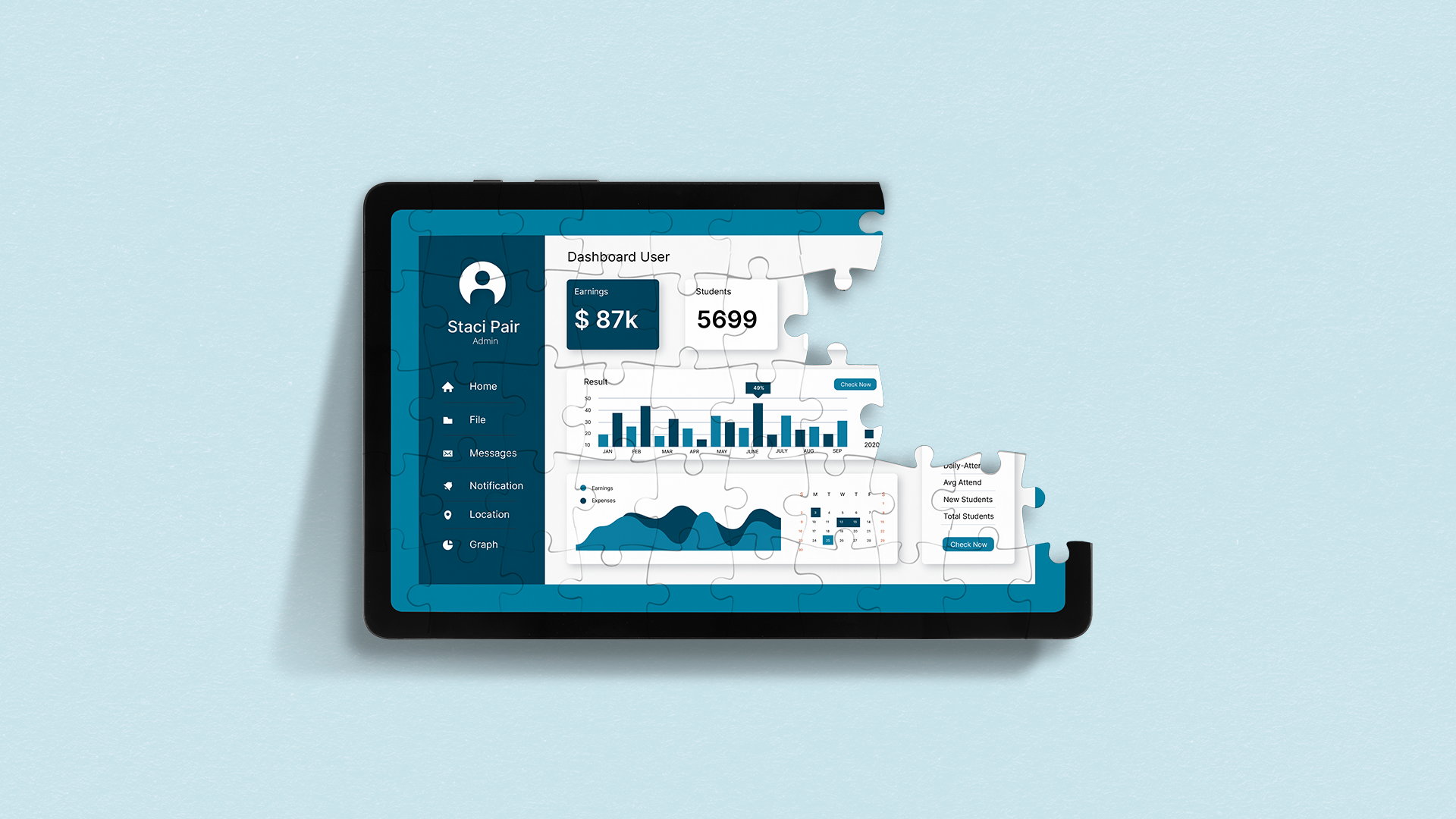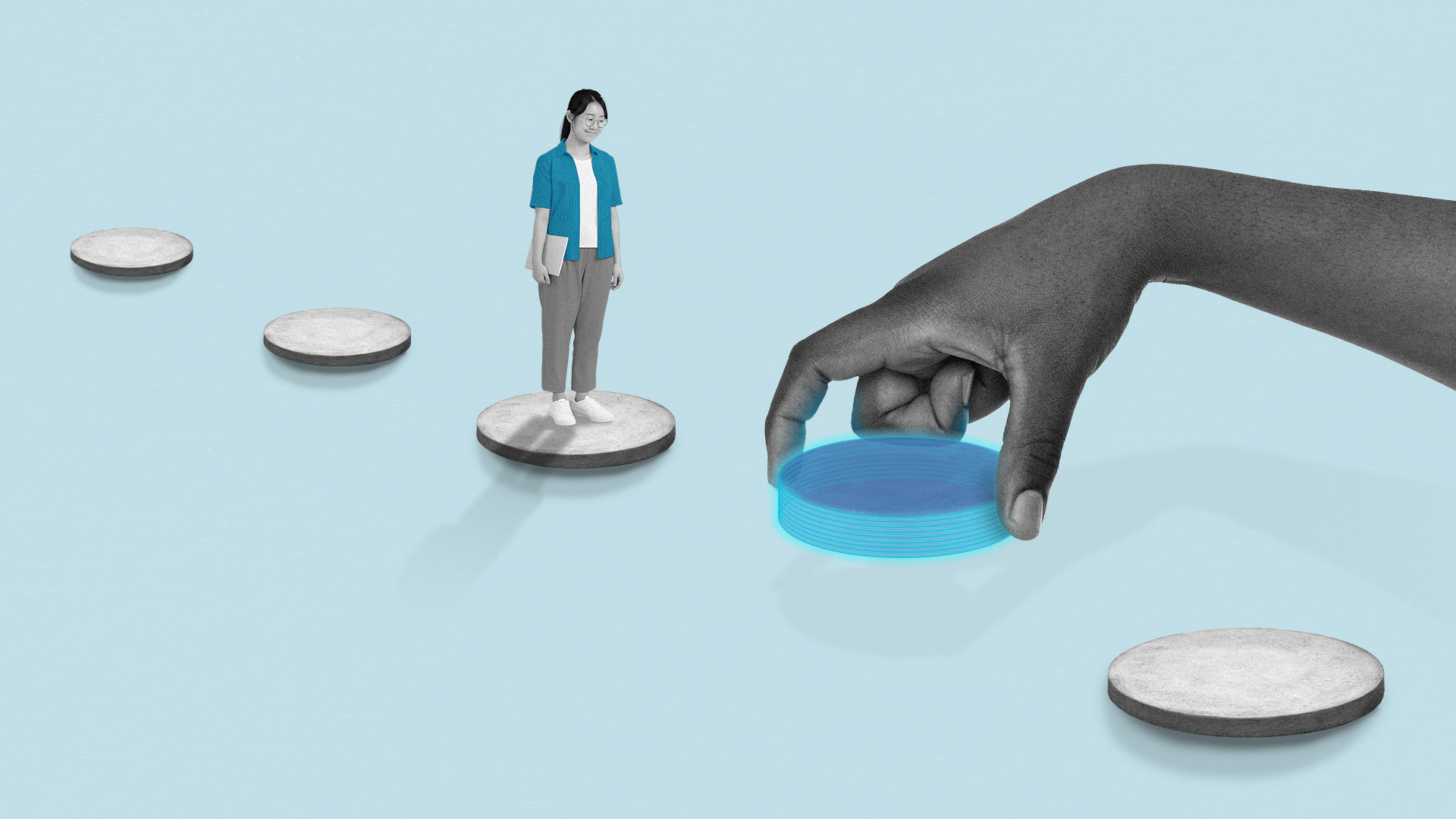Continuing education (CE) in healthcare isn’t optional—it’s required. With constant advances in treatments, technologies, and regulations, no other field demands such persistent learning. But while billions are spent on professional development, the current system often fails those it’s meant to serve.
Too often, CEUs (Continuing Education Units) function as bureaucratic hurdles rather than tools for clinical excellence. Instead of fueling professional growth, they’re reduced to compliance checkboxes—fragmented, inconsistent, and disconnected from real-world practice. The result? A missed opportunity to build a more prepared, agile, and resilient healthcare workforce.
Why CE Matters—And What’s at Stake
Lifelong learning in healthcare isn’t just about staying current—it’s about saving lives. High-quality continuing education improves patient outcomes, reduces errors, and keeps clinicians aligned with the latest standards of care. But its impact extends even further:
- Licensure and Certification: Practitioners must regularly earn CEUs to remain in good standing.
- Career and Skill Advancement: CE helps clinicians deepen expertise, explore new specialties, and gain soft skills essential to leadership and team performance.
- Organizational Value: Health systems benefit from a more skilled, engaged, and future-ready workforce.
But the intent of CE and the experience of it are increasingly at odds.
What’s Blocking Meaningful CE in Healthcare?
Clinicians aren’t resisting learning—they’re navigating a system that makes it unnecessarily hard. CE is failing on two fronts: it doesn’t work for the professionals who need it, and it doesn’t scale effectively for the institutions that deliver it.
Frontline Realities: Barriers for Healthcare Workers
- Time Poverty: Long hours and shift work leave little time for CE, let alone reflection or practice.
- Financial Constraints: Courses can be costly, and reimbursement is inconsistent.
- Lack of Support: Many workplaces offer little encouragement—or infrastructure—for learning beyond the minimum requirement.
- Tech Friction: Despite the rise of digital tools, access and usability issues still persist, especially for older or rural learners.
Institutional Challenges: A System Out of Sync
1. The Compliance Trap
The dominant mindset treats CE as a once-a-year obligation—something to be “gotten through” rather than integrated into practice. But a single module won’t change behavior or improve outcomes. Without reinforcement, even the best-intentioned training fades fast.
Worse, short-form CE doesn’t address higher-order skills like decision-making, teamwork, or managing complex cases—precisely what today’s clinicians need.
2. Fragmentation and Incoherence
Most CE ecosystems are scattershot. Courses come from multiple vendors, hosted on disparate platforms, with no consistency in quality, prerequisites, or objectives. This fragmentation creates confusion, duplication, and ultimately undermines the learning journey.
3. Lack of Career Alignment
Too often, CE is disconnected from the career pathways clinicians want to pursue. There’s little guidance on which skills are needed for advancement or how CE fits into broader professional goals. Soft skills like leadership and communication, critical to team-based care, are rarely emphasized in compliance-oriented CE programs.
Rethinking the Model: What Healthcare CE Needs Now
If we want CE to move the needle, it must evolve—fast. That means shifting from fragmented, compliance-driven content to intentional, competency-based learning aligned with the realities of clinical work and the demands of modern care delivery.
Here’s what that looks like:
1. Integrated, Longitudinal Learning Journeys
Ditch the one-and-done approach. Replace it with structured, ongoing programs that build toward clinical competencies and leadership goals over time. Create personalized learning journeys for clinicians to understand the skills they need to attain to reach their career objectives.
2. Modular, Flexible Formats
Use microlearning and stackable credentials that fit into clinicians’ busy lives. Offer just-in-time content that’s accessible on the floor or on the go. Leverage different modalities and technologies to enhance learning objectives – in-person sessions to build networks, AI-augmented simulations to create space for clinical practice, asynchronous modules to enable at-your-own-pace content absorption.
3. Advocate for Regulatory Flexibility
Work with accreditors to modernize CE frameworks. Innovation shouldn’t be limited by outdated standards—especially when clinicians need new models now.
4. Make Learning Collaborative
Reflect the team-based nature of care. Prioritize CE that promotes shared decision-making, real-world problem solving, and cross-functional communication. Consider learning that incorporates AI, VR, and AR to simulate clinical work and give learners a safe space to hone their skills.
5. Measure What Matters
Forget seat time. The true ROI of continuing education is retention and impact. Track how your CE programs improve clinical performance, shift daily practice, and lead to better patient outcomes. Use data to identify growth opportunities and show clinicians how they can advance within your organization—boosting engagement, loyalty, and long-term retention.
The Opportunity: From Obligation to Impact
Healthcare CE is at a crossroads. The status quo isn’t sustainable—nor is it sufficient to meet the needs of modern practice. But for institutions willing to think differently, there’s a powerful opportunity to lead.
Done right, CE can do far more than fulfill licensure. It can be a strategic lever: to upskill teams, close equity gaps, support workforce retention, and strengthen care delivery at scale.
It’s time to escape the compliance trap—and start building the kind of professional development that clinicians, and patients, truly deserve.
How We Can Help
By moving toward integrated, career-aligned, and technology-enabled learning journeys, healthcare organizations, higher ed institutions, and professionals can all move past the “compliance trap” and the “myth of one-and-done” to deliver timely, impactful, continuing education. For those looking to update their offerings or create new programs, our proprietary, LMS-agnostic Noodle Learning Platform can help you build, distribute, and manage your traditional, online, hybrid, and non-degree learning experiences.
Let’s Talk.


